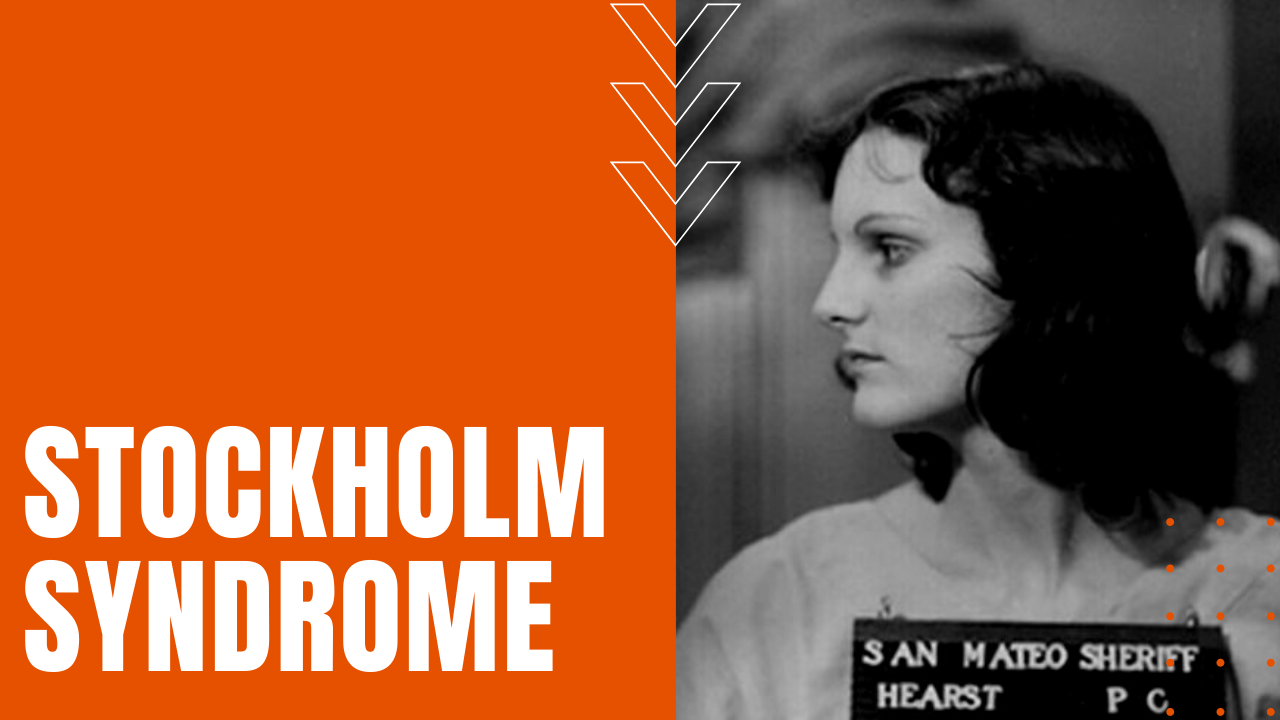What is Stockholm Syndrome?

Stockholm Syndrome is a condition in which innocent hostages develop a psychological bond with their captors, forming intense emotional sympathies with otherwise total criminal strangers. It was first coined after a botched bank robbery in 1973 Stockholm Sweden.
To shed further light on Stockholm Syndrome, after the perpetrators of the Stockholm bank robbery were apprehended and tried in a court of law, the now-freed hostages refused to testify against the bank robbers, due to their oddly-embraced fraternity with their captors.
While still refuted by some mental health experts, Stockholm Syndrome is identified in some five percent of hostages, who develop positive feelings toward their captors, where no previous relationship existed. Another shared trait of Stockholm Syndrome, is that victims refuse to cooperate with police or other government authorities after their perpetrators have been brought to justice. Actions and attitudes similar to those suffering from Stockholm syndrome have also been found in victims of sex abuse, human trafficking, and victims of political, marital and religious oppression.
Mary McElroy
Other famous Stockholm Syndrome victims include Mary McElroy, who was abducted from her father’s home in 1933 by four men, who chained her to a wall in an abandoned farmhouse, demanding a $60,000.00 ransom. After her father paid half that amount to facilitate her release, she continued to visit her captors while they served time in prison. She eventually committed suicide and left the following note:
“My four kidnappers are probably the only people on Earth who don’t consider me an utter fool. You have your death penalty now – so, please, give them a chance.”
Mary Mcelroy
Patty Hearst
Another alleged Stockholm Syndrome victim was Patty Hearst, the granddaughter of publisher William Randolph Hearst, who in 1974 was held hostage by an urban guerrilla group known as the Symbionese Liberation Army, where she was recorded by her captors as renouncing her family and was later captured on security camera footage robbing banks in and around San Francisco.
After her 1975 arrest, famed defense lawyer, F. Lee Bailey, unsuccessfully pleaded Stockholm Syndrome in her defense, despite the fact that she bore all the symptoms of the condition.
Lima Syndrome
Oddly enough, Lima Syndrome, which is an inversion of Stockholm Syndrome, occurs when a victim’s captor experiences empathy toward their hostages.
Lima Syndrome was named after a 1996 mass hostage situation at the Japanese embassy in Lima, Peru, when members of a militant movement took hundreds of people hostage at a cocktail party, eventually releasing them out of empathy for the emotional harm they were causing to their innocent victims.
